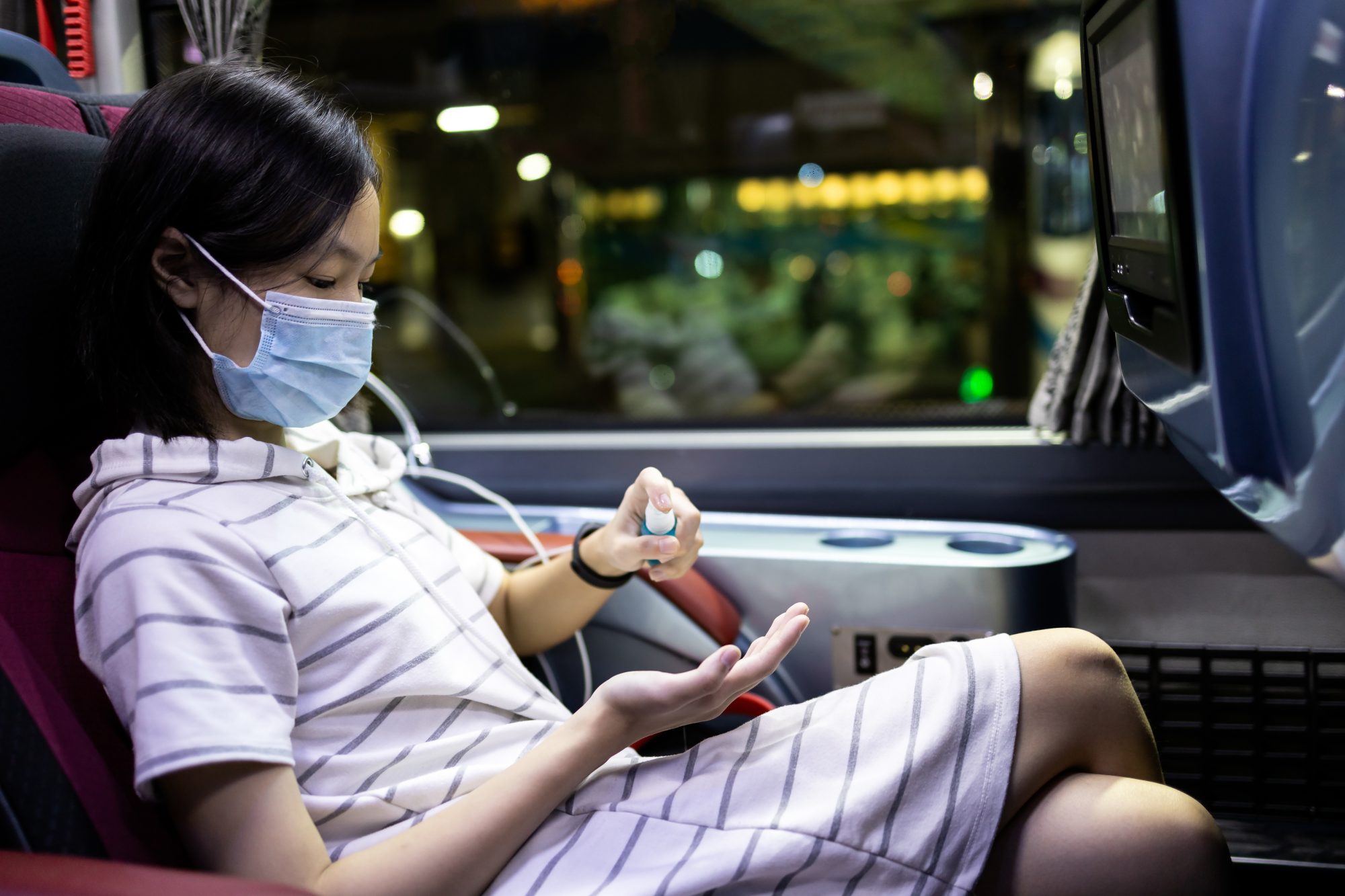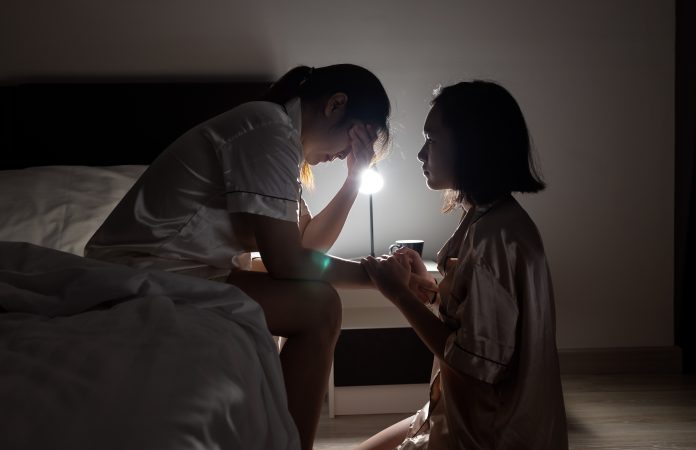Racial prejudice, fuelled by poor coping mechanisms and biased social media consumption, has shaped how the US public view Asian Americans during the pandemic
The study by Ohio State University suggests that there are three reasons, which supplement one another. Racial prejudice, poor coping ability and highly partisan media viewing leading to an online echo chamber are the three reasons that people of Asian descent have been demonised during the pandemic.
But results showed that it was racial prejudice that was the leading cause of this ongoing blame.
Former President Donald Trump regularly and continuously refers to the COVID-19 virus as the “China Virus”, also publicly promoting conspiracies theories via Twitter that suggest the virus was purposefully engineered in a lab. This has been debunked several times.
This isn’t the first time this issue has existed. In fact, many individuals associate particular diseases with a group of people, such as Irish Catholics are responsible for “Irish disease” (cholera), Jewish immigrants for “consumption” (tuberculosis), Irish and German immigrants for yellow fever, and Italians for polio.
In times of great uncertainty and fear, it is easier to align the blame with a singular group of people who are perceived to be outside of your community. This is known as scapegoating, which has been a tactic for political leaders for hundreds of years. Giving a disturbed population a target has always resulted in the dehumanisation of the targeted group, and distraction away from policy-making decisions. A similar situation unfolded in India earlier on this year, as Muslims were blamed for the spread of COVID-19 in partnership with negative stereotypes.
“It was striking that this general prejudice against Asian Americans appeared to play a powerful role in the stigmatization of this group in the specific context of COVID-19,” said Hyunyi Cho, lead author of the study and professor of communication at The Ohio State University.
Blaming Asian people for the pandemic
The UN recently reported that there had been more than 1800 racist incidents against Asian Americans from March to May 2020, according to research conducted by Stop AAPI Hate.
“All Asian Americans are being hit hard by the groundswell of anti-Asian rhetoric promoted by our president, but youth are particularly vulnerable,” said Dr. Russell Jeung, Professor of Asian American Studies at San Francisco State University.
“The hate Asian-American youths are facing could cause irreparable damage to their self-identity and social relationships. The Youth Campaign taught our youth how to disarm hate through conducting research, analyzing data, and advocating for policies that will improve their lives.”
The organisation, Stop AAPI Hate, has been conducting extensive research on hate crimes and an increasingly hostile attitude from wider society. One of their reports examines the attitudes of young Asian Americans toward the changing attitudes.
An anonymous 13 year old commented: “I feel scared to let my grandparents go out in fear that they may be harassed. I feel anger and confusion since society has normalized it so much that when we try to speak up about it, people still try and joke around about it.”
The Ohio State University study
Findings were published online recently in the journal Ethnicity and Health.
The study comes in the wake of other evidence of prejudice against Asian Americans linked to COVID-19, a virus that was first identified in the Wuhan province of China. An April poll of Americans found that one-third had seen someone blaming Asian people for the pandemic.
“We wanted to see what could explain people of Asian descent being stigmatized for this virus,” Cho said. The researchers conducted a nationwide survey of 842 American adults between May 11 and May 19.

Stereotypes about Asian Americans
Participants were asked a variety of questions about COVID-19 and how they have been impacted and coped with the pandemic’s effects, media use, their views of Asian Americans, and other related issues.
Overall, stereotypical racial beliefs about Asians and envy about the success of some Asian Americans in society were most linked to stigmatisation.
“It turned out that the stereotypes and beliefs that people already had about Asian Americans were more powerful in predicting stigmatization than other factors we studied,” said Wenbo Li, study co-author and doctoral candidate in communication at Ohio State.
“That is what was most surprising to me.”
More fear about COVID-19, more likely to blame Asian Americans
But other factors did play a role, such as how people were coping with the pandemic.
People who reported higher levels of fear about COVID-19 were more likely to stigmatise. The same went for those who felt most harmed by the pandemic and also reported lower levels of ability to deal with the crisis.
As in many issues in the United States today, ideology played a role in stigmatisation.
One example was where people got their news. Findings showed that people who reported more viewing of COVID-19 news on Fox News and social media outlets were more likely to blame Asian Americans and see them as a disease risk than those who got their news from CNN or MSNBC and didn’t consume as much social media.
In addition, people who believed the Trump administration was doing a good job responding to the pandemic crisis were more likely to report prejudicial views about Asian Americans.
“We saw evidence in our results that stigmatization of Asian Americans because of COVID-19 can have a political and ideological aspect,” Cho said.
How can this ongoing stigmatisation be changed?
But some findings suggested ways to help reduce the stigmatisation aimed at people of Asian descent, Cho and Li said. For example, results showed that people who reported watching more foreign language movies showed less prejudice.
“Being exposed to other cultures, even through media like movies and TV, can help mitigate stereotypes,” Cho said.
Most importantly, lower stigmatisation was found in people who reported higher levels of what researchers call “collective efficacy.” People high in collective efficacy strongly agreed with statements like “I feel that Americans can work together to effectively overcome the current COVID-19 crisis.”
“Finding ways to foster collective efficacy can be an antidote to divisive communication on partisan cable television and social media,” Li said. In essence, being highly responsible about publishing news that is accurate and unbiased can go a long way, especially to inform people who have little contact with racial minorities in their day-to-day life. This is their key point of information, which they are unlikely to challenge when they consume similar social media content.
The researchers said they believe this study has implications beyond Asian Americans and COVID-19.
“It is Asian Americans who are targeted in COVID-19. But in another crisis, it may be a different group,” Cho said.
“It is about how people make sense of crises like this pandemic and how biases and prejudices can be exacerbated in situations like this.”





![Europe’s housing crisis: A fundamental social right under pressure Run-down appartment building in southeast Europe set before a moody evening sky. High dynamic range photo. Please see my related collections... [url=search/lightbox/7431206][img]http://i161.photobucket.com/albums/t218/dave9296/Lightbox_Vetta.jpg[/img][/url]](https://www.openaccessgovernment.org/wp-content/uploads/2025/04/iStock-108309610-218x150.jpg)





